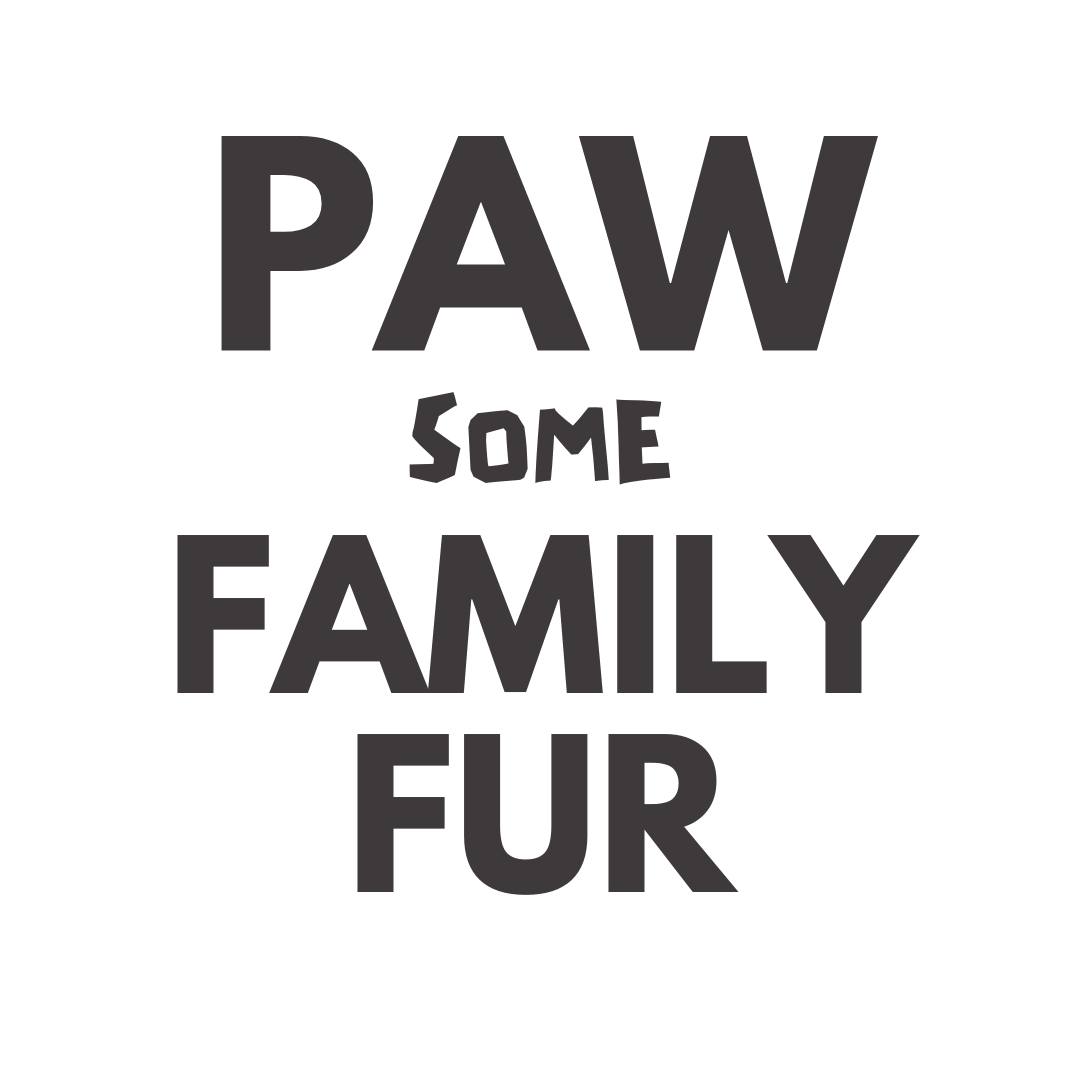
Embark on a journey into the captivating world of cats body language as we unravel the significance of puffed-up and flattened fur. In this exploration of “Puffed-Up or Flattened Fur,” we delve into the subtle nuances of cat posture, gaining insights into the emotions, responses, and communication that cats express through the state of their fur.
Puffed-Up Fur, Defensive Elegance
Puffed-up fur, also known as piloerection, is a remarkable display that transforms a cat’s appearance. This defensive posture serves as a visual cue when a cat feels threatened, scared, or confronted. The expanded fur makes the cat appear larger, aiming to deter potential threats and establish a protective barrier.
The Arching Back, Amplifying the Display
When a cat puffs up its fur, it often accompanies the display with an arched back. This arching intensifies the defensive stance, creating a striking silhouette. The combination of puffed-up fur and an arched back is a powerful expression of a cat’s attempt to appear more formidable in the face of perceived danger.
Flattened Fur, Submissive Posture
Conversely, flattened fur is a submissive and defensive posture that cats adopt to convey submission, fear, or appeasement. When a cat flattens its fur against its body, it aims to minimize its visual profile, signaling a desire to avoid conflict or confrontations. This posture is common in interactions with more dominant cats or unfamiliar situations.
The Belly Display, Vulnerability and Trust
Flattening the fur on the belly is a significant aspect of submissive behavior. When a cat exposes its belly with flattened fur, it signifies vulnerability and trust. This posture is an invitation for gentle interactions and signals that the cat feels secure enough to expose its sensitive underside.
Recognizing Emotional States
Observing the state of a cat’s fur provides valuable insights into its emotional states. Puffed-up fur signals heightened arousal or discomfort, while flattened fur indicates a desire to de-escalate tensions. Understanding these cues enables you to respond appropriately to your cat’s needs and emotions.
Tail Language in Tandem
Coat posture often works in tandem with tail language. Paying attention to the position and movement of the tail enhances your understanding of a cat’s overall emotional state. Combining puffed-up fur with a puffed tail or flattened fur with a tucked tail provides a comprehensive view of a cat’s feelings.
Gradual Habituation
If a cat frequently exhibits puffed-up or flattened fur in specific situations, gradual habituation can help alleviate their stress. Introduce positive associations, such as treats or play, to create a more positive connection with the triggering stimuli, helping the cat feel more at ease over time.
Individual Variations and Context
It’s essential to consider individual variations and the context of the situation when interpreting coat posture. Some cats may have a predisposition to fluff up more easily, while others may resort to flattened fur more readily. Understanding your cat’s unique responses contributes to effective communication and a harmonious relationship.
In conclusion, “Puffed-Up or Flattened Fur” unveils the silent language of cat’s coat posture. By recognizing the messages conveyed through puffed-up and flattened fur, you deepen your connection with your cat, fostering an environment of trust and understanding. Here’s to decoding the elegant language expressed through the artistry of cats fur! 🐾✨
